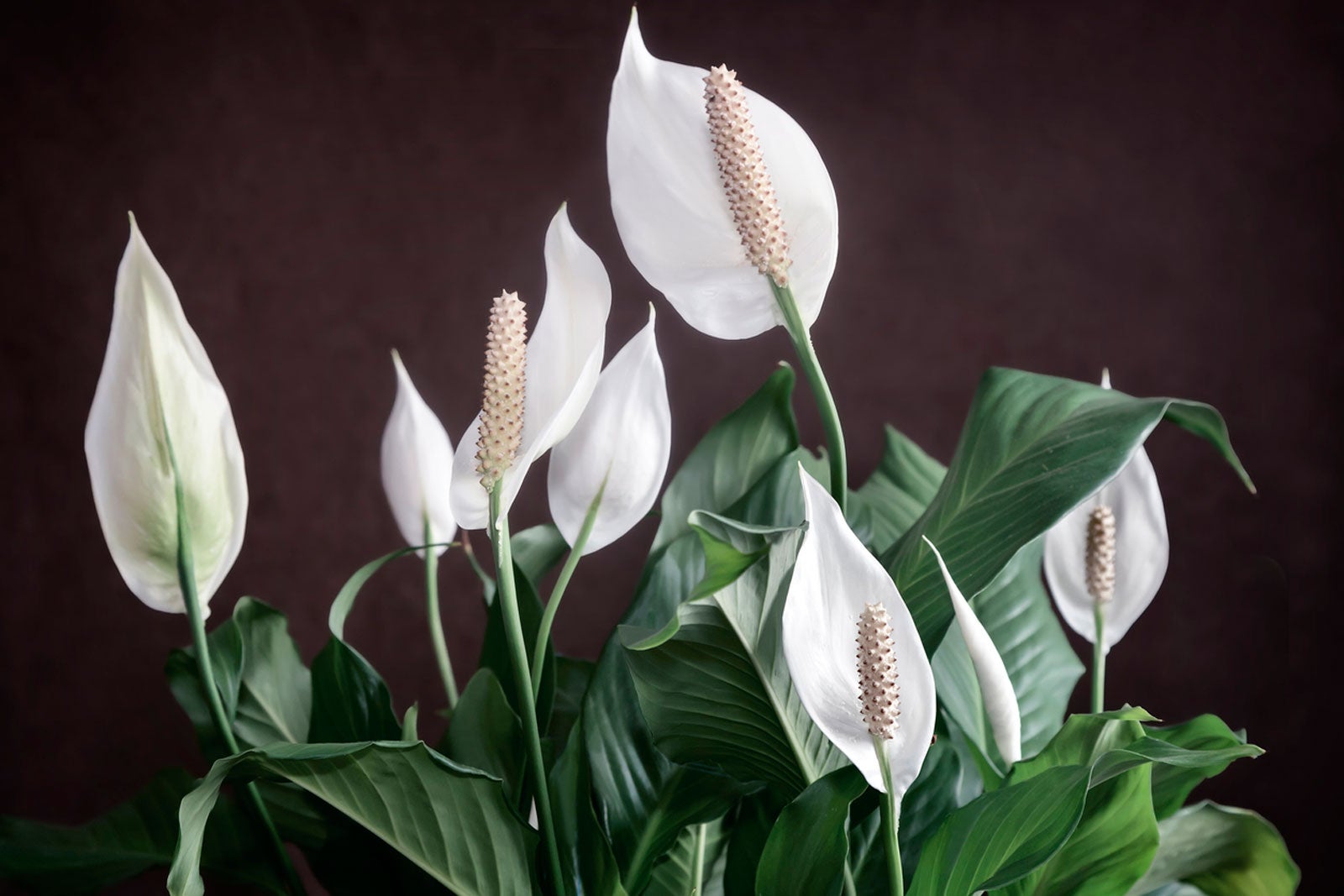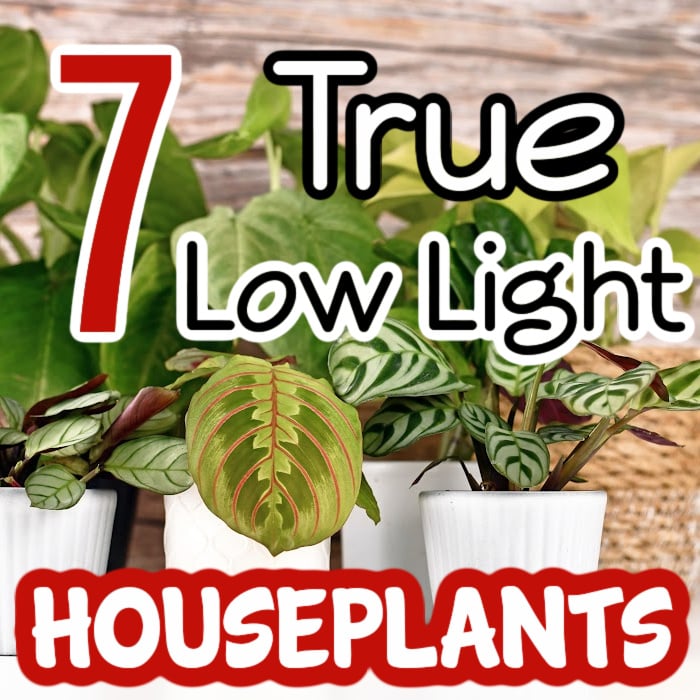The Best Low-Light Indoor Plants That Require Minimal Care and Attention
The Best Low-Light Indoor Plants That Require Minimal Care and Attention
Blog Article
Discover the Tricks of Low-Light Indoor Plants and Just How They Boost Your Setting
Low-light interior plants have garnered increasing attention for their one-of-a-kind capacity to improve both aesthetic appeal and ecological top quality within work environments and homes. These resilient species, consisting of the Snake Plant and Peace Lily, not just flourish in difficult lighting problems however also play a pivotal duty in air purification and emotional health. Recognizing the certain benefits and treatment requirements of these plants can considerably impact your space. As we discover the complexities of their advantages, you might discover understandings that can transform your environments in unexpected means.
Advantages of Low-Light Indoor Plants
Although numerous individuals assume that indoor plants need bountiful sunlight to prosper, low-light interior plants offer a multitude of benefits that make them ideal for numerous environments. Among the primary benefits is their versatility; they can prosper in areas with limited all-natural light, such as workplaces, cellars, or areas with little home windows. This feature permits individuals to improve their environments with plant, contributing to improved aesthetic appeals without the demand for considerable lights modifications.
Moreover, low-light indoor plants can considerably improve indoor air quality by releasing and filtering hazardous toxins oxygen, making living spaces healthier. Research has shown that particular varieties can absorb toxins, therefore advertising a cleaner atmosphere. Additionally, they can improve psychological well-being by decreasing stress and boosting efficiency. The visibility of plants has been connected to higher feelings of tranquility and focus.
In addition, low-light plants often call for less upkeep than their sun-loving counterparts, making them excellent for hectic people or those new to horticulture. Their resilience permits them to love marginal intervention, therefore providing a fulfilling experience for plant lovers and novices alike. In summary, low-light interior plants offer both aesthetic and useful purposes, making them important enhancements to any space.
Leading Low-Light Plant Selections
Low-light indoor plants can be found in a range of varieties, each offering distinct features and benefits suited for dim settings. Amongst the most popular ranges is the Serpent Plant (Sansevieria), recognized for its air-purifying capabilities and building fallen leaves. This resilient plant flourishes on disregard and can endure a large range of light conditions.
An additional outstanding selection is the ZZ Plant (Zamioculcas zamiifolia), which features shiny, dark green fallen leaves and is very drought-tolerant. Its flexibility makes it a favorite for offices and homes with limited sunlight.
The Pothos (Epipremnum aureum) is also a top contender, with its trailing vines and heart-shaped fallen leaves - Best low-light indoor plants. This functional plant can be educated to climb up or waterfall, adding visual interest to any space

Care Tips for Low-Light Plants
Taking care of low-light indoor plants calls for a nuanced understanding of their particular needs to make sure optimal development and vitality. It is essential to pick the best potting mix, as a well-draining dirt is important to avoid origin rot. A blend made for houseplants, commonly containing peat moss and perlite, functions well for most low-light ranges.
Watering is an additional essential facet of care. Low-light plants typically call for less regular watering contrasted to their sun-loving equivalents. It is a good idea to examine the top inch of soil; if it really feels completely dry, it's time to water. content Overwatering can result in difficulties such as mold and root decay.
Fertilization must be come close to with caution. During the growing period, a watered down fluid fertilizer can be applied monthly, however in winter months, lots of low-light plants get in dormancy and need little to no fertilization.
Finally, it is necessary to periodically cleanse the leaves to eliminate dirt, enabling better light absorption. By adhering to these care tips, you can grow a successful atmosphere for your low-light interior plants, boosting both their appearance and durability.
Enhancing Air Top Quality With Plants
Interior plants play a substantial duty in enhancing air high quality within homes and workplace areas. With the process of photosynthesis, these plants absorb carbon dioxide and launch oxygen, adding to a healthier environment. Furthermore, specific low-light indoor plants have the capability to filter unsafe toxins, such as formaldehyde, benzene, and trichloroethylene, which are commonly found in interior atmospheres.
:max_bytes(150000):strip_icc()/eight-houseplants-that-thrive-in-low-light-3-0922-2000-6f95610b936648ce84ebb498a9b6d704.jpg)
In addition, the existence of interior plants can increase moisture degrees, which assists alleviate completely dry skin and respiratory system problems, further improving general health. This capability to enhance air top quality not only advertises physical health and wellness yet likewise sustains mental health.
Integrating low-light interior plants into your living and functioning areas can lead to an extra vivid and invigorating setting (Best low-light indoor plants). Purchasing these natural air purifiers is a basic yet reliable technique for improving interior air top quality and fostering a healthier way of life
Producing a Calm Indoor Space
The integration of plants into living areas not only improves air high quality however additionally adds to a serene atmosphere. Low-light interior plants, such as snake plants and pothos, are especially efficient in creating a calm setting, as they prosper in conditions that may or else be inhospitable for various other greenery. Their lush foliage provides a calming visual, reducing tension and promoting leisure.
Including these plants right into your home or workplace can stimulate a sense of peace and well-being. Strategically positioning them in locations where you spend significant time, such as living work spaces or areas, permits an immersive experience with nature, which has actually been shown to improve state of mind and cognitive feature.
Additionally, the gentle activity of fallen leaves in reaction to airflow can develop a dynamic visual component that improves the overall setting. Think about using a variety of plant elevations and structures to include depth and interest to your room. With thoughtful positioning and care, low-light interior plants can transform any location into a serene refuge, promoting not only visual fulfillment but mental and also psychological wellness.

Verdict
Integrating low-light indoor plants into numerous atmospheres returns substantial advantages, consisting of boosted air top quality and boosted visual allure. The transformative power of low-light plants emphasizes their worth in improving both work-related and property settings.
Although numerous individuals presume that interior plants need abundant view it sunlight to thrive, low-light indoor plants offer a wide variety of benefits that make them excellent for various environments.Additionally, low-light indoor plants can dramatically improve interior air quality by filtering system harmful toxic substances and launching oxygen, making living rooms healthier. Additionally, particular low-light indoor plants possess the capacity to filter damaging toxins, such as trichloroethylene, formaldehyde, and benzene, which are typically discovered in interior environments.
Low-light indoor plants, such as serpent plants and pothos, are particularly efficient in developing a peaceful environment, as they flourish in problems that might or else be unwelcoming for other greenery.Including low-light indoor plants into different environments yields significant benefits, consisting of improved air high quality and boosted visual charm.
Report this page